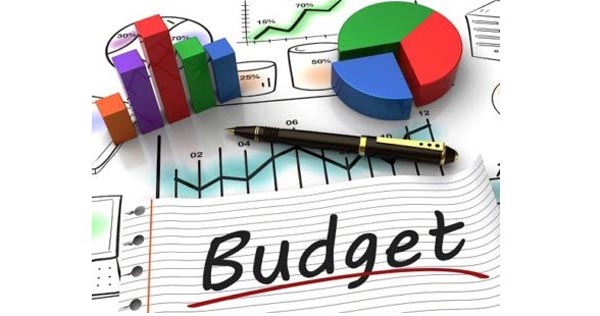LAHORE: Year in year out, Pakistanis talk about the economic problems that are faced by the country. The bulletin is mostly rife with news of default and falling reserves. Not only is it a major driver of the political discourse in the country it is sometimes the entire reason, on which political upheavals are based.
In working democracies, political discourses determine public demand, and public demand brings about legislative measures. Contrarily, Pakistan follows a top down approach, wherein, a party’s political will determines legislative measures and that in turn translates into narrative that’s digested verbatim by the party’s supporters and rejected unanimously by the opposers.
And central to a country’s economic policy is the annual budget. It is in this document that a government decides whether it will increase or decrease its expenditure in a particular sector. The government also projects the revenues that it will collect through taxes and other sources in the budget and it is based on those estimates that the government allocates budgets to different sectors, ministries and provinces.
In essence making a budget is an accounting exercise, with underlying policy objectives. The accounting exercise is divided into 6 essential steps namely, Preparation, Authorization, Execution, Reporting and Monitoring, Review and Policy setting. This sounds a well-rounded approach to tackle the exercise however oftentimes, the miscalculation in the first two steps, renders the last 3 utterly moot.
The annual budget statement (ABS) is the main document for the federal budget. After the preparation and authorization, the ABS makes its way to the senate and eventually to the public. In terms of expenditures, the ABS categorically differentiates between “Receipts” and “Expenditures”.
Revenues/Receipts:
Receipts or revenue consists of balances of all budgetary receipts, e.g. Revenue Receipts, Capital Receipts, External Receipts, Public Account Receipts. These resources constitute federal gross receipts. This means that the provincial share is deducted to arrive at net federal receipts available to finance federal expenditures.
It’s important to note that the distribution of revenue between the federal government and the provinces is guided by the principles laid out in the NFC Award. The award determines the share of each province in the federal revenue pool based on factors such as population, backwardness, revenue generation capacity, and other socio-economic indicators.
Additional resources in reciepts may include privatization proceeds plus credit from the banking sector to finance government expenditures.
Expenditures:
The other part of the ABS is expenditures. Expenditure is broken down into current expenditure and development expenditure and is separately shown for expenditure on Revenue Account and expenditure on Capital Account. Expenditure on Revenue Account signifies that portion of expenditure which is met from resources such as tax revenue and receipts, whereas expenditure on Capital Account refers to expenditure which is financed from loans, finances, credits, grants, and other borrowings.
The biggest current expenditures on the revenue account that Pakistan incurs are General Public Service and Defense affairs and services. The General Public Service mainly inculcates the servicing of domestic and foreign debt. Apart from that it includes administrative and research expenditures of “General Public Service”. Collectively these two expenses were budgeted at 6.7 trillion in the 2023 budget, which is close to 90%.
As per recent estimates, Pakistan is expected to spend more than 90% of its revenue target in debt servicing, leaving very little to no cushion for defense, let alone other expenses. In the past Pakistan has financed the deficits of its budget through borrowing from international and domestic sources. However, it is this very unsustainable nature of budgeting that has led Pakistan to where it is today.
With virtually no opposition in the legislative assembly, the federal government is most likely to pass their version of the budget this time around. A budget that gets implemented without opposition is not entirely representative of the people’s wishes. Specifically a budget as critical as that of 2023. One thing is however, clear as day. In terms of development, quality of life and economic stability, 2023-24 is possibly going to be one of the worst years for the common man.




